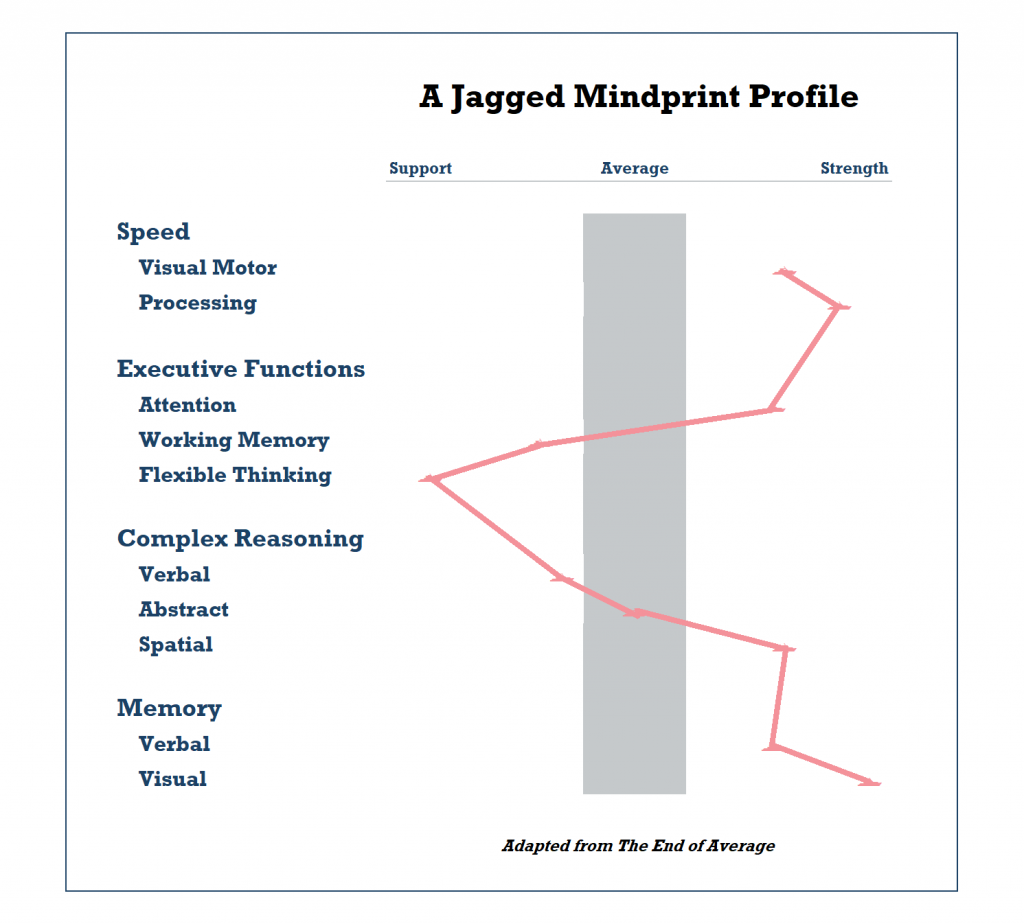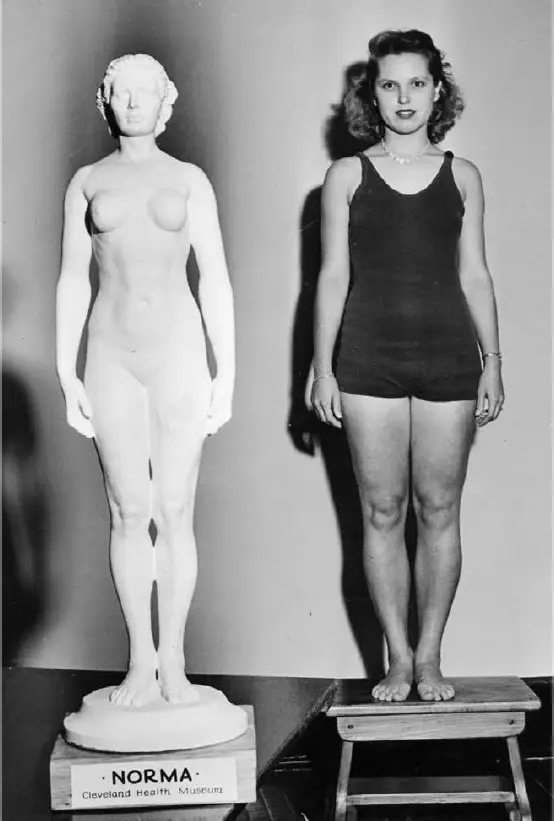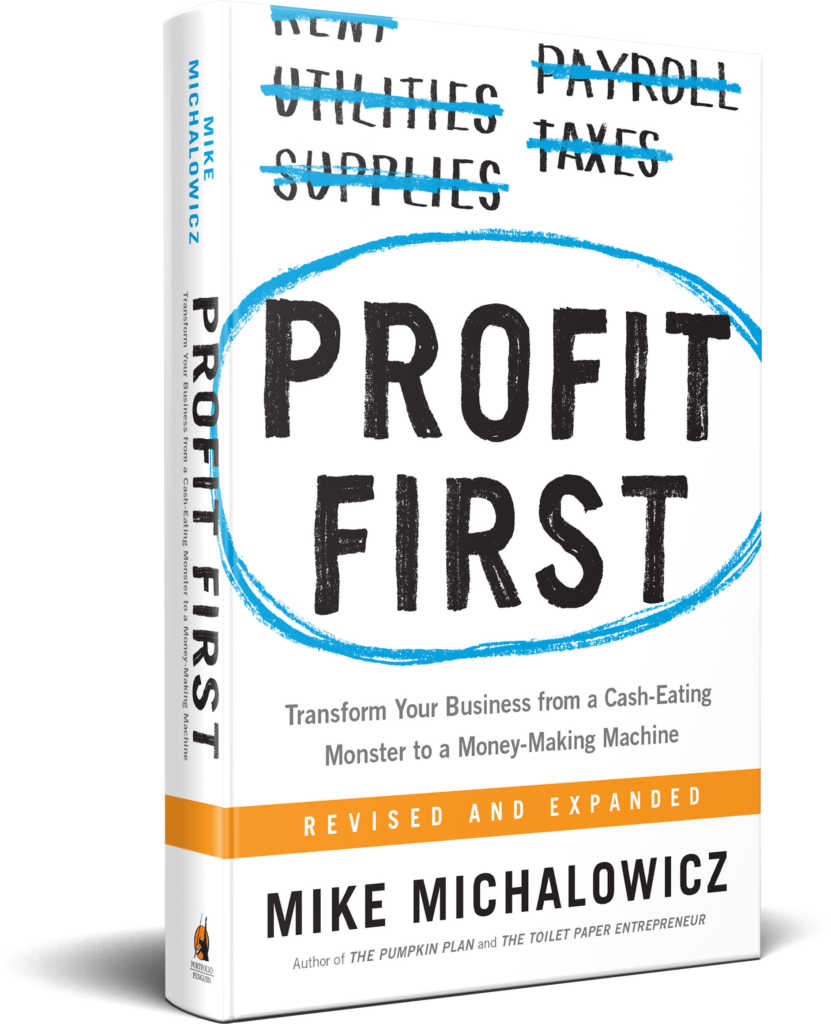
I lucked out this year in that 2 of the first books I read were 5 stars in my mind. The first was Mike Michalowicz’s Profit First. The second is The End of Average by Todd Rose.
Now, I will say up front that, yes, I think everyone should read this book. That is what five stars means to me. But at the same time, the book is far from perfect. Many people have criticized it, saying that it’s a TED talk fleshed out, and to a small extent, I agree…but only to a small extent. There are certain imprecisions with data that will frustrate the more analytically minded, but what the book lacks in precision in some areas, it makes up for in ease of reading. Additionally, the book is stronger on diagnoses and weaker on prescriptions, but for me, that works because the central thesis is so compelling that I feel everyone would benefit from spending some time thinking about it. Beyond that, Todd’s use of story and data works spectacularly well within his narrative.
The fundamentals of The End of Average
The main takeaway from “The End of Average” is that the concept of “average” is often overused and can lead to poor decision-making and a lack of understanding of individual differences. The book argues that by focusing too much on averages, we can overlook the unique variations and characteristics of each individual, resulting in a disservice to them.
Fundamentally, we think of average as being a good benchmark or evaluation point for nearly everything, but that is often not a good way to think about things. If you are near average weight, we say that is ideal. If you are at or above average intelligence, you are smart. And so on. And to some extent, these things can be true – in particular when evaluating something very narrowly. However, we over-apply the idea of average to our detriment.
One of Todd Rose’s key examples in his book, “The End of Average”, is the design of Air Force cockpits. These cockpits were built to fit the average pilot, as determined from a variety of measurements such as height and arm length. However, this approach resulted in a poor fit for most pilots, as the majority of people are average in only a few ways. This issue is a perfect illustration of the “jaggedness principle”, which states that people are dynamic and have variations across different measurements and characteristics.
Todd introduces the idea of the “jaggedness principle”, which emphasizes that individuals are not average across all measurements or characteristics and that there are significant variations among people. For instance, if the Air Force measures their pilots’ bodies, averages all of the measurements, and then has cockpits built to the averages, it will likely fit fewer pilots than if they took into account the unique variations of each individual.
This idea of “jaggedness” applies to being above or below average as well. Someone who is below average in waistline might also be below average in weight and height, but not in arm length, for example. This means that a cockpit built to fit the average pilot might have a seat and joystick height and position that fit you, but not the pedal or instrument height.

Todd illustrates this principle by telling the story of Norma, which was a project developed by Dr Robert Latou Dickinson. He took the measurements of numerous women, averaged them together, and then had artist Abram Belskie sculpt a figure based on them. When they ran a contest to find the American woman that best fit Norma’s size, they only really came up with one person (Martha Skidmore), and even she did not match all of the averages.

Additionally, Todd argues that our reliance on averages in evaluating students and job candidates can lead to inappropriate ranking and labeling, resulting in a disservice to individuals who may excel in certain areas but not others. He illustrates how this average-based thinking can lead to students being labeled as “bad at math” or job candidates being rejected for not finishing their final class, despite having all the needed knowledge and skills for the job.
Odds and Ends
For me, a 3-star review means “The book is good, but not a must read.” A 4-star review means “You should definitely read this if you are interested in this topic.” A 5-star means “Everyone should read this.” There are times in which I feel a book has important flaws, but there is something about it that everyone should be exposed to, so I’m on the line between 4 and 5 stars. This is one of those books, but it is such a compelling and important idea that I believe it is worth overlooking some of the things that are lacking in the book in the interest of thinking about the disservice we do to one another by focusing too much on our averagearian way of thinking.
If you’re interested in more about The End of Average, you can check it out on Amazon here or on Goodreads here.
And as always, you can connect with me on Goodreads if you are interested in seeing what I’m reading now.
